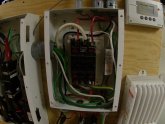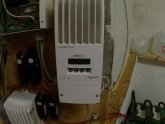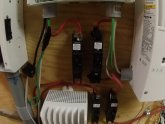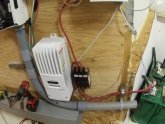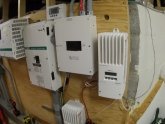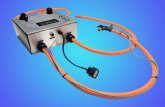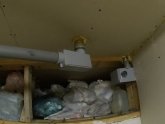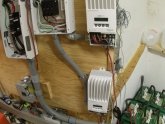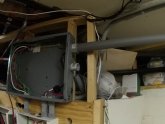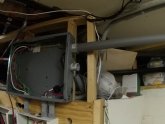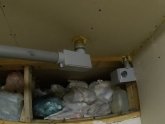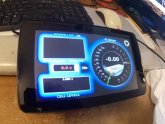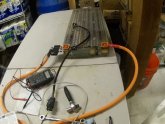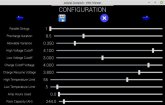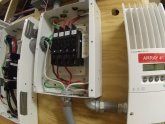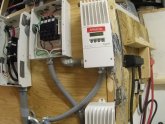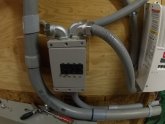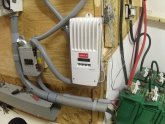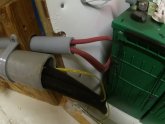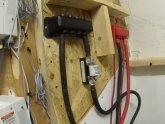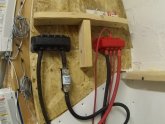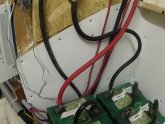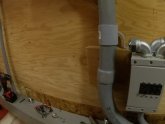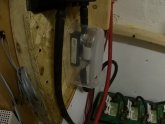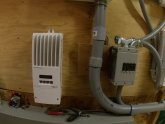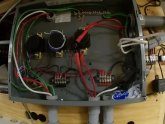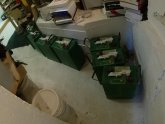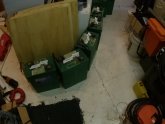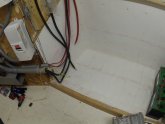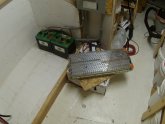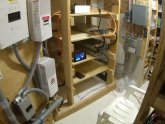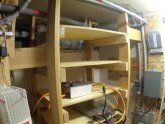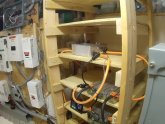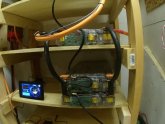dougbert
Solar Addict
Got panels 5 to 8 down this evening before dark, but sun is down
while working from home, gives me an hour or two here and there to do things around the old house and
small lot. Wife actually likes me home, yet we each have separate caves we can go isolate ourselves
dougbert
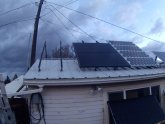
side note on that building
it was a one car garage built in 1948 (the original house was built in 1930 - and also in 1948 an addition was added)
That garage was cinder block with holes between most of the block where you could see daylight through
Well some 15+ years ago I rebuilt the cinderblock walls, 3-4 feet at a time - I removed the blocks to build the wall, poured a MUCH better foundation and replaced the blocks with 2x6 walls. Took some time, but I didn't get a building permit and I didn't take it all down at once - because it is actually ON the property line on the far side and they would not have allowed me to rebuild it if I took it all down at once.
I can see that it needs another paint job. The rafters were built of actually 2x4s - not 1.5"x3.5". I put the metal roof on, and it is a
very sturdy roof for the panels
while working from home, gives me an hour or two here and there to do things around the old house and
small lot. Wife actually likes me home, yet we each have separate caves we can go isolate ourselves
dougbert

side note on that building
it was a one car garage built in 1948 (the original house was built in 1930 - and also in 1948 an addition was added)
That garage was cinder block with holes between most of the block where you could see daylight through
Well some 15+ years ago I rebuilt the cinderblock walls, 3-4 feet at a time - I removed the blocks to build the wall, poured a MUCH better foundation and replaced the blocks with 2x6 walls. Took some time, but I didn't get a building permit and I didn't take it all down at once - because it is actually ON the property line on the far side and they would not have allowed me to rebuild it if I took it all down at once.
I can see that it needs another paint job. The rafters were built of actually 2x4s - not 1.5"x3.5". I put the metal roof on, and it is a
very sturdy roof for the panels
Last edited:




